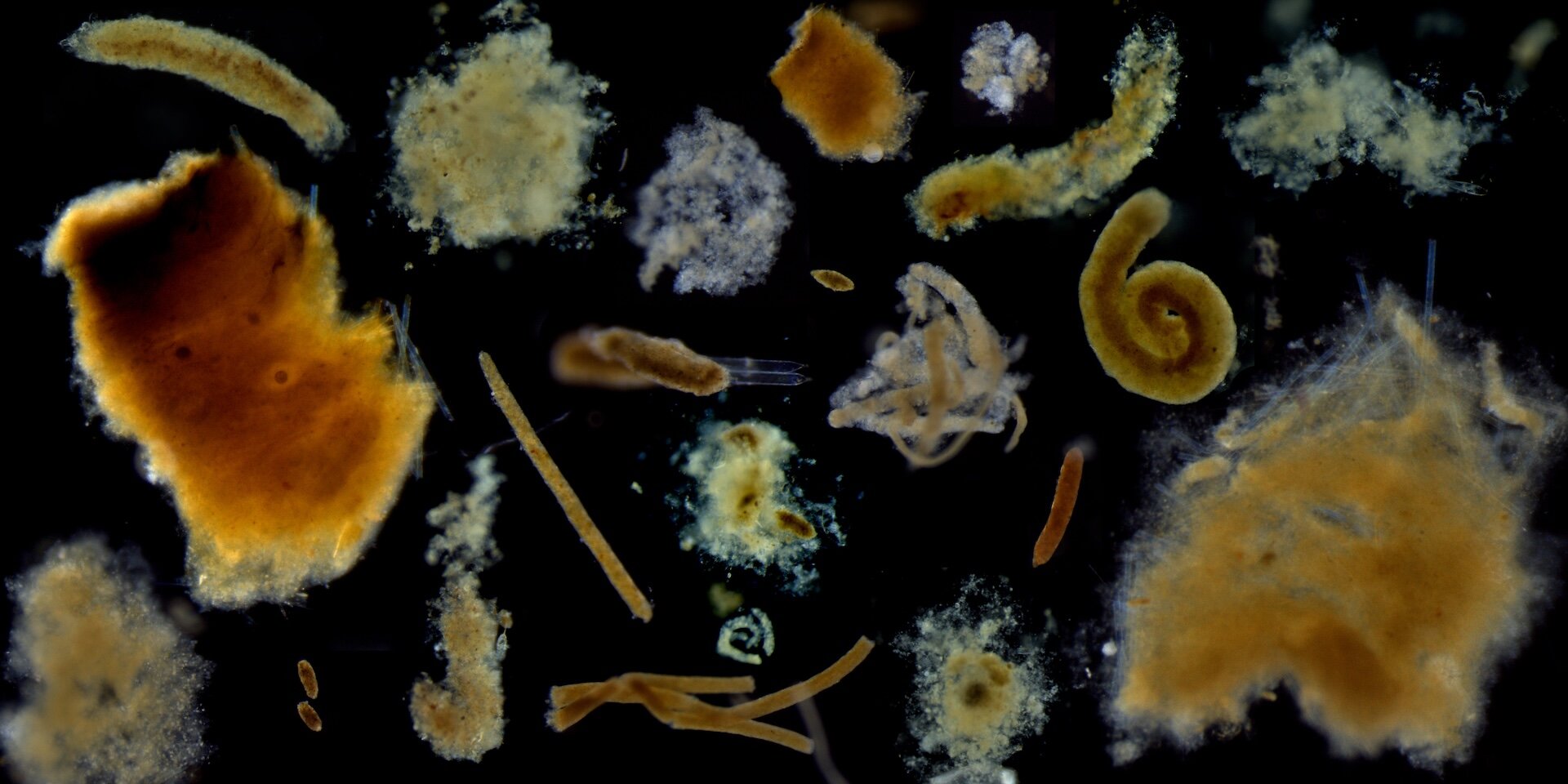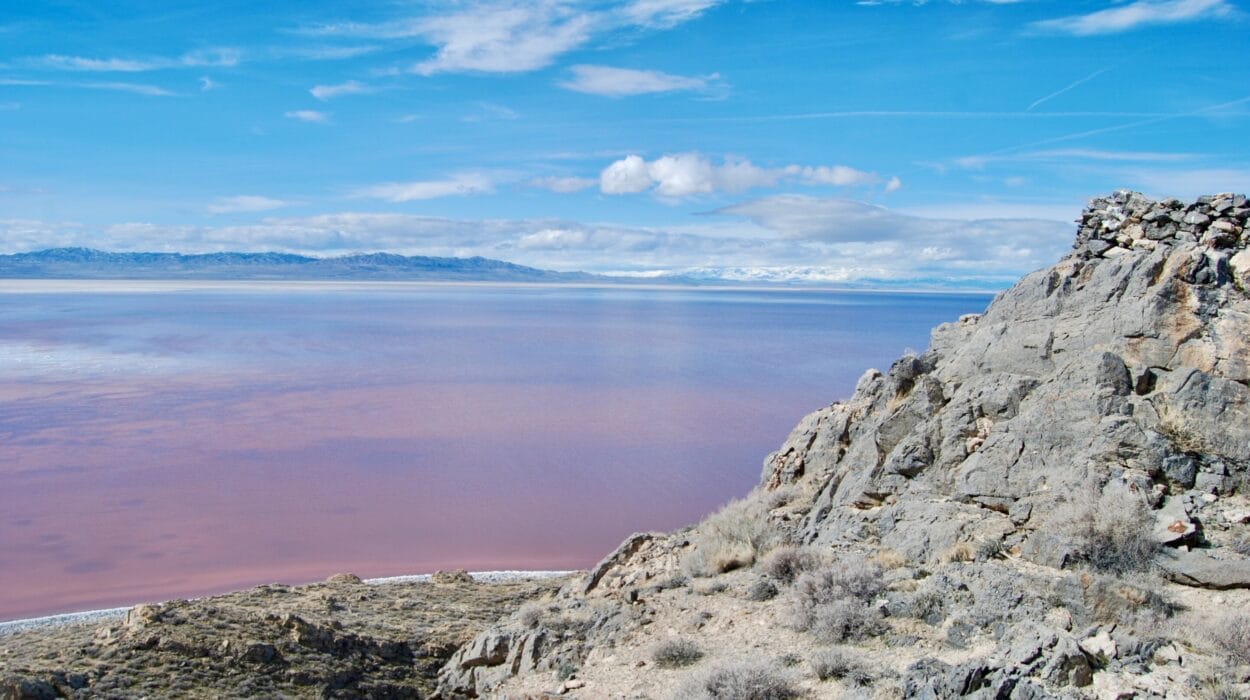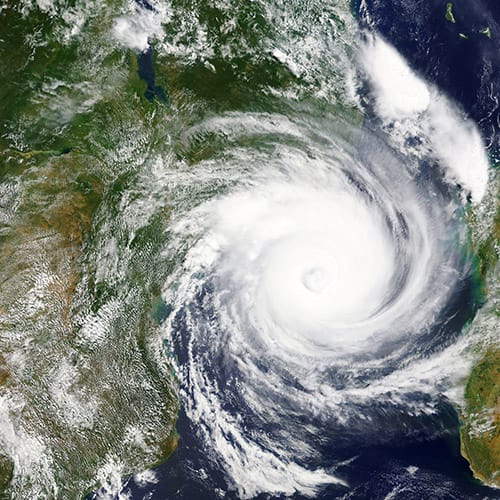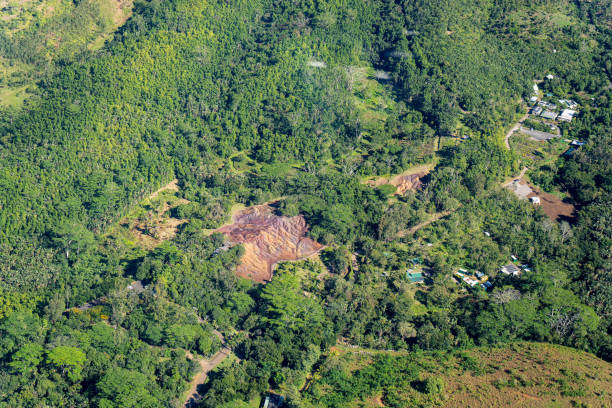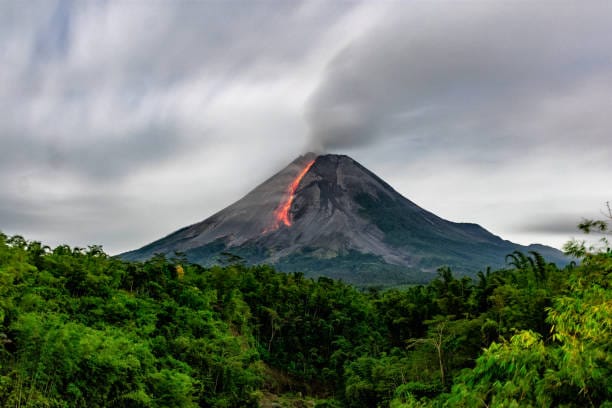In the great planetary tug-of-war against climate change, Earth’s oceans serve as our most powerful and mysterious ally. Acting as a vast carbon sink, the ocean quietly absorbs gigatons of carbon dioxide from the atmosphere each year—locking it away in its cold, dark depths. But for all its power, the ocean’s carbon-absorbing prowess remains one of the most elusive and uncertain parts of the global climate equation.
Now, an international team of scientists, led by researchers from the Monterey Bay Aquarium Research Institute (MBARI), has cracked open one of the ocean’s best-kept secrets: how carbon makes its final descent into the abyss. With help from state-of-the-art genetic analysis and the sweeping vision of satellites, they’ve identified two microscopic groups of plankton that serve as powerful predictors of carbon transport from the surface to the deep sea.
The findings, published this week in The ISME Journal, mark a critical step forward in understanding the “invisible highway” that moves carbon out of the atmosphere and into the depths of the ocean—an understanding that is essential for climate forecasting, policy, and intervention.
An Ocean of Mystery
The ocean’s role in carbon storage isn’t merely impressive—it’s indispensable. The deep sea acts as a vast reservoir, sequestering carbon for centuries or even millennia. This biological pump begins at the surface with photosynthetic plankton, which absorb CO₂ much like land plants. But when these tiny organisms die—or are eaten and excreted—they begin a slow, spiraling descent into the deep ocean as part of a phenomenon known as marine snow.
Marine snow is a blizzard of biological debris: dead cells, fecal pellets, mucus, and other organic fragments drifting down like snowflakes. But unlike snowfall on land, these particles carry the weight of planetary health. Every flake has the potential to lock away carbon, helping to stabilize our climate. Yet, tracking them has been one of the most vexing challenges in oceanography.
“Measuring this process is like trying to follow a single snowflake in a snowstorm—underwater,” said Dr. Colleen Durkin, a marine biologist at MBARI and senior scientist on the project. “But the stakes are high. Without understanding how carbon moves through the ocean, we’re flying blind in terms of modeling future climate.”
A Microscopic Breakthrough with Global Implications
In collaboration with scientists from the University of Rhode Island, the University of Maine, and UC Santa Barbara—and under the banner of NASA’s EXPORTS (EXport Processes in the Ocean from RemoTe Sensing) campaign—the MBARI team brought a new lens to the microscopic mystery.
Their strategy was ambitious and novel. Instead of studying bulk samples of ocean particles, as past studies have done, the team meticulously isolated and analyzed 800 individual particles of marine snow, collected from sediment traps deployed between 100 and 500 meters below the surface.
Using genetic sequencing, they examined the 18S rRNA gene—a sort of molecular fingerprint—to identify which phytoplankton species were present in each particle. This approach allowed the scientists to trace carbon’s journey from the surface to the deep, pinpointing the biological players most responsible for ferrying it downward.
And two groups stood out: diatoms and photosynthetic Hacrobia.
“These organisms are the unsung heroes of the carbon cycle,” said Dr. Sasha Kramer, MBARI postdoctoral fellow and lead author of the study. “They’re invisible to the naked eye, but they drive a planetary-scale process. Knowing when and where these groups are blooming can help us estimate how much carbon is being exported to the deep sea.”
From DNA to Satellites: Watching the Ocean from Space
Why is this discovery so exciting? Because these same groups—diatoms and Hacrobia—are visible to satellites.
NASA’s PACE mission (Plankton, Aerosol, Cloud, ocean Ecosystem), launched to provide hyperspectral data of the ocean surface, can detect specific pigments in different types of phytoplankton. Now, with this new research linking certain plankton types to carbon export, scientists can harness satellite imagery to estimate carbon sequestration globally, without needing to drop expensive instruments into the sea.
“It’s a leap across dimensions,” explained Durkin. “From molecules in sinking particles to global satellites orbiting Earth, we’re connecting the smallest details with the biggest tools.”
This means future climate models can include more accurate data on how carbon is being removed from the atmosphere and stored in the deep ocean. It also opens the door to monitoring ocean-based climate interventions—like phytoplankton fertilization—with unprecedented precision.
The Ticking Clock of Climate Change
Understanding the ocean’s carbon transport is more urgent than ever. The Earth’s climate system is dangerously out of balance, and many of our current climate models underestimate or misrepresent the ocean’s role in stabilizing it. Without a clear picture of how carbon flows through the ocean, efforts to mitigate or adapt to climate change may fall short.
“The sequestration of carbon into the ocean’s depths remains one of the greatest uncertainties in the global carbon cycle,” said Kramer. “And uncertainty is the enemy of effective action.”
As ocean temperatures rise, stratification increases, and food webs shift, the dynamics of marine snow and carbon transport may change dramatically. Having tools to track these shifts in real time could prove essential in forecasting not just the climate, but the health of ocean ecosystems.
One Flake at a Time: The Beauty of Biological Interactions
Beyond the technical achievement, the research underscores a deeper truth about the planet: that microscopic interactions—between a plankton cell and a fecal pellet, between a mucus strand and a sinking diatom—can have planetary consequences.
MBARI’s Carbon Flux Ecology Team has long championed this micro-scale view of the ocean. By zooming in on the complexity of individual particles, they have found the patterns hidden beneath the chaos—patterns that link biology, chemistry, physics, and technology in a web as intricate as the snowflakes they study.
“We often think of climate change in terms of melting glaciers or smoky skies,” said Durkin. “But the real engine of the planet’s carbon balance is drifting, unseen, in the ocean. And it’s run by organisms smaller than a grain of sand.”
Science at the Crossroads of Collaboration
This breakthrough also highlights the power of interdisciplinary science. The EXPORTS project brought together oceanographers, molecular biologists, remote sensing experts, and modelers across institutions and continents. By blending methods and perspectives—from gene sequencing to satellite analytics—they achieved something none of them could have done alone.
“It’s a blueprint for how we need to tackle climate science going forward,” said Kramer. “No single discipline or dataset is enough. We need to integrate across all scales—from the genetic to the global.”
What Comes Next
The implications of this research are vast. Future studies will now look to replicate and refine these findings in other regions and ocean ecosystems. Since both diatoms and Hacrobia are common across the world’s oceans and easily detectable via DNA or satellite, their utility as biomarkers of carbon export is likely to grow.
And as tools like NASA’s PACE satellite continue to generate higher-resolution imagery of ocean color, we may soon have the ability to monitor carbon export in near real-time—watching in awe as invisible rivers of carbon sink into the deep, one microscopic flake at a time.
A Planet Held Together by Plankton
It’s a powerful reminder that even in the Anthropocene—an age defined by human activity—it is the ocean, ancient and mysterious, that still holds the balance of carbon, climate, and life. And within that ocean, it is the tiniest of creatures, too small for the eye to see, that hold the keys to our future.
Thanks to cutting-edge science and relentless curiosity, we’re finally learning to listen to their stories. And they have much to tell us.
Reference: Sasha J Kramer et al, Sinking particles exporting diatoms and Hacrobia predict the magnitude of oceanic POC flux, The ISME Journal (2025). DOI: 10.1093/ismejo/wraf105
